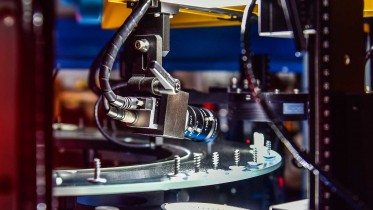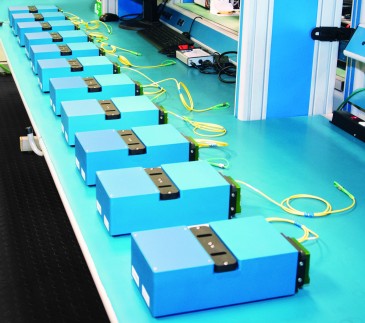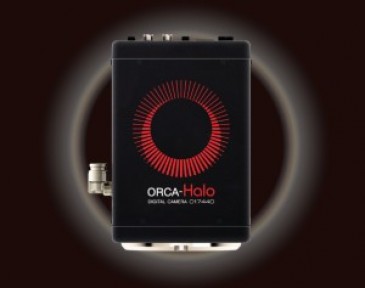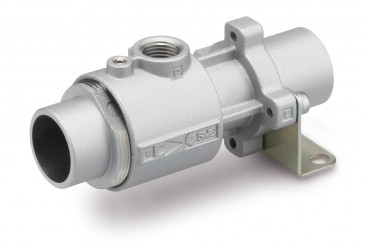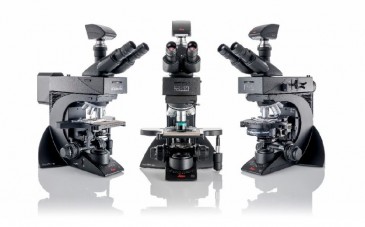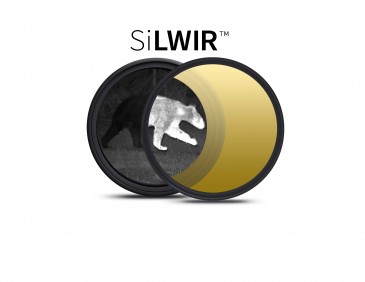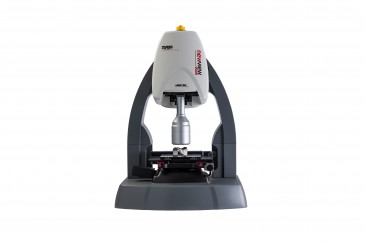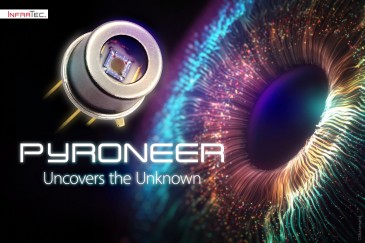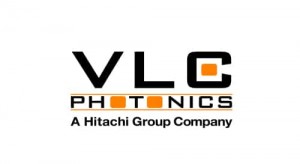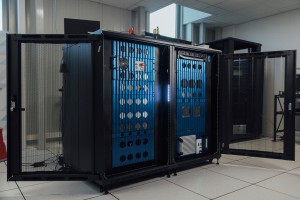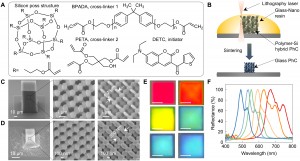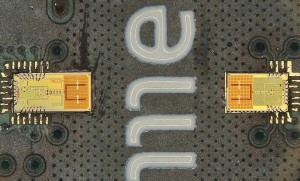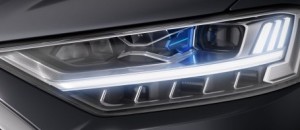
It has been five years since BMW and Audi began their neck-and-neck race to get the first laser high beam on to the market. Ultimately, the laser-based headlights in the BMW i8 and Audi R8 LMX were launched at almost the same time. At that time, both manufacturers were supported by the specialized components suppliers Osram and Automotive Lighting (AL).
The second generation of laser high beam
Now both suppliers have presented a second generation of laser high beam, which is even more compact and energy efficient and also promises greater visibility. Recently, Osram Opto Semiconductors presented a new blue, multi-mode laser diode, which, at a typical operating current of 2.2 ampere, reaches an optical output of 3.5 watts. A phosphor converter converts the blue light into white light. The luminance of 600 cd/mm² is three times higher than that of an LED light source. To enable easier connection and heat dissipation, the new diodes have two rather than three pins, which allows the size of the headlights to be miniaturized further. Nonetheless, according to Osram, the laser high beam provides about 600 meters of visibility — twice as much as the current LED solutions.
AL also believes that more compact systems are the thing of the future and could halve power consumption compared with the first generation of the laser-based high beam. Thanks to their optimized optics, they need just one laser beam source. Two other innovations should also be mentioned here: On the one hand, the components supplier reports greatly increased production capacities because laser technology is about to make the leap to mid-sized vehicles. On the other hand, the supplier has been able to combine its laser headlights with adaptive driving beam (ADB) technology. This uses camera data to automatically switch from high to low beam to prevent drivers of oncoming vehicles, pedestrians and cyclists being dazzled. Because of this automatic control; the system requires no driver intervention. AL has also announced that it will combine laser and LED technologies in the new generation of headlights.
Combination of laser, LED and, perspectively, also lidar sensors
With its new HD Matrix LED headlights, which automatically switch laser high beam on at a speed of 70 km/h, components supplier has shown what this combination can look like. Three LED lens modules switch from high to low beam, one of which is responsible for distance and the other two for illumination directly in front of the vehicle. 32 LED ensure visibility. They are also controlled on the basis of camera data. When the imaging system detects other road users, the HELLA controls reduce the effect of individual LEDs or switch them off completely. This is made possible due to the sophisticated optics concept with various lens modules. This allows each LED to be allocated to a specific area of the road. In addition to dimming LED that could dazzle oncoming drivers, the HD Matrix technology also enables adaptive illumination of bends. The focus of the light moves in accordance with the course of the road. If the vehicle is traveling at high speed, the laser light beam is also switched on, which increases visibility to several hundred meters. It is switched off automatically when oncoming traffic approaches.
US startup SLD Laser is also pushing ahead with laser-based light technology for vehicles. Also on board is Nobel Prize winner Shuji Nakamura, who received the award in 2014 together with Hiroshi Amano and Isamu Akasaki for their development of blue light diodes. According to the company’s own statements, SLD Laser uses laser diodes based on gallium nitride (GaN), which provide up to one kilometer of visibility at night. Here, too, blue light with a wavelength of 450 nanometers is converted into white light. The LaserLight technology is extremely compact and, especially in combination with optical fibers, can be fitted into existing installation spaces. The laser light can also be controlled extremely accurately. But the founders want more. They are currently working on concepts that transcend high beam. The aim is to integrate their LaserLight and lidar systems of the next generation into innovative system designs. The laser beam sources will also be used for 3D imaging with a high range. With the current focus on autonomous driving, a combination of laser-based headlights and sensors could be very interesting.





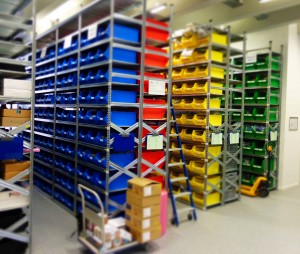

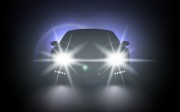
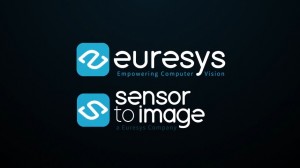
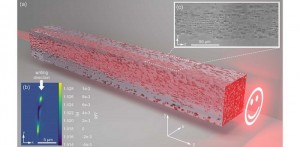
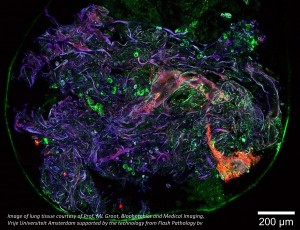

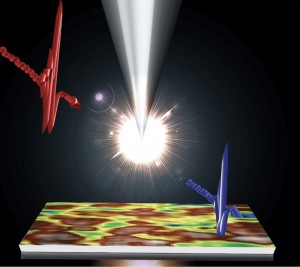

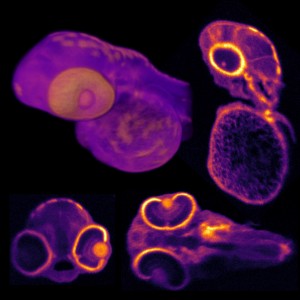
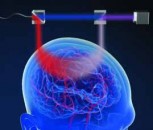

















 Back to News
Back to News
